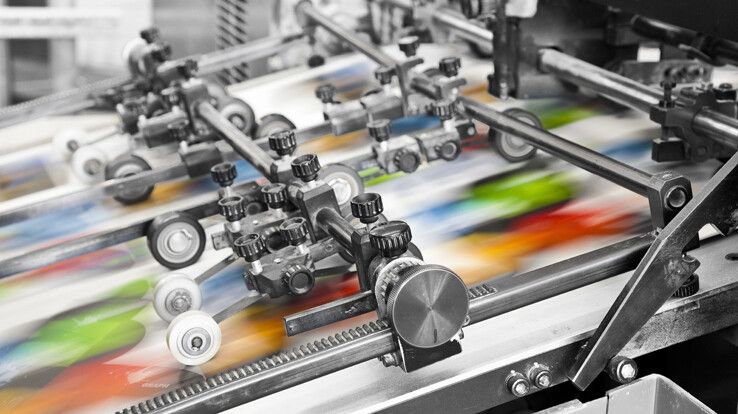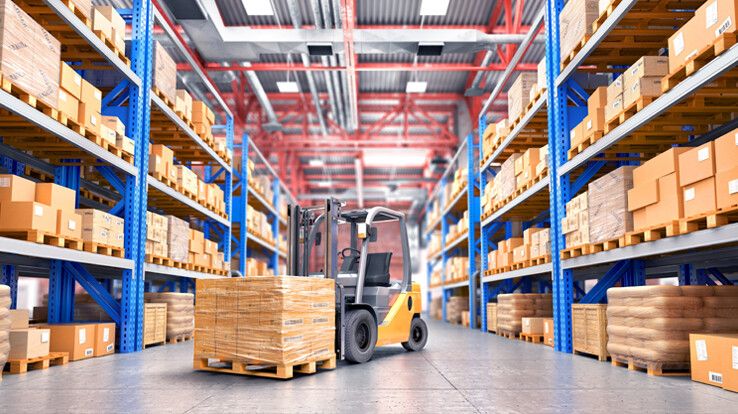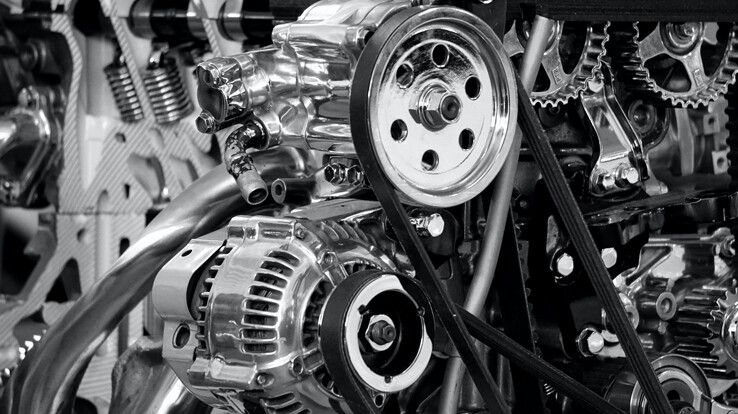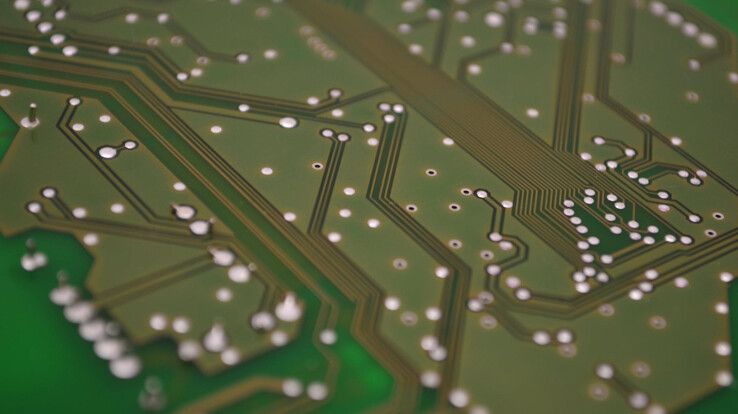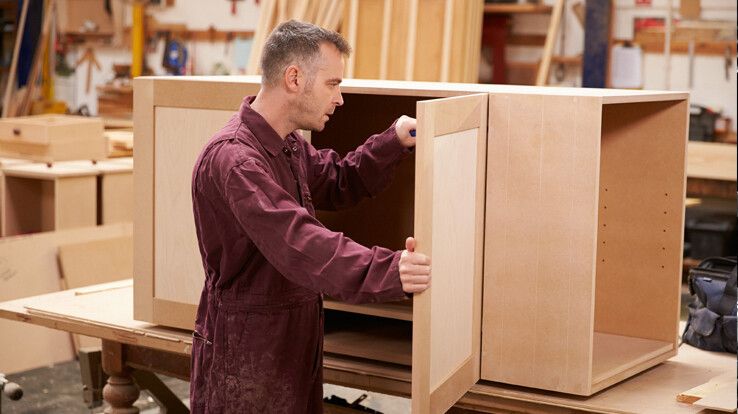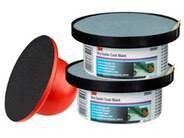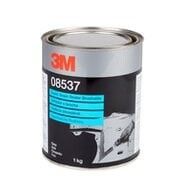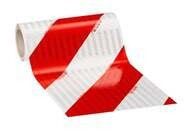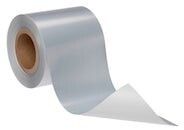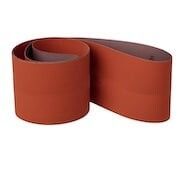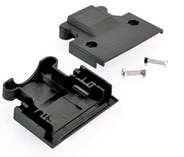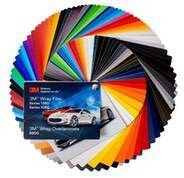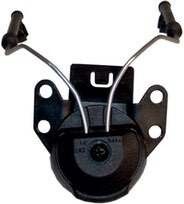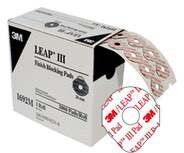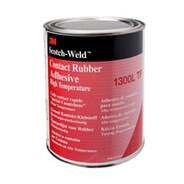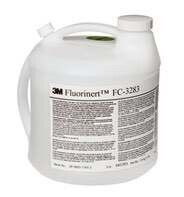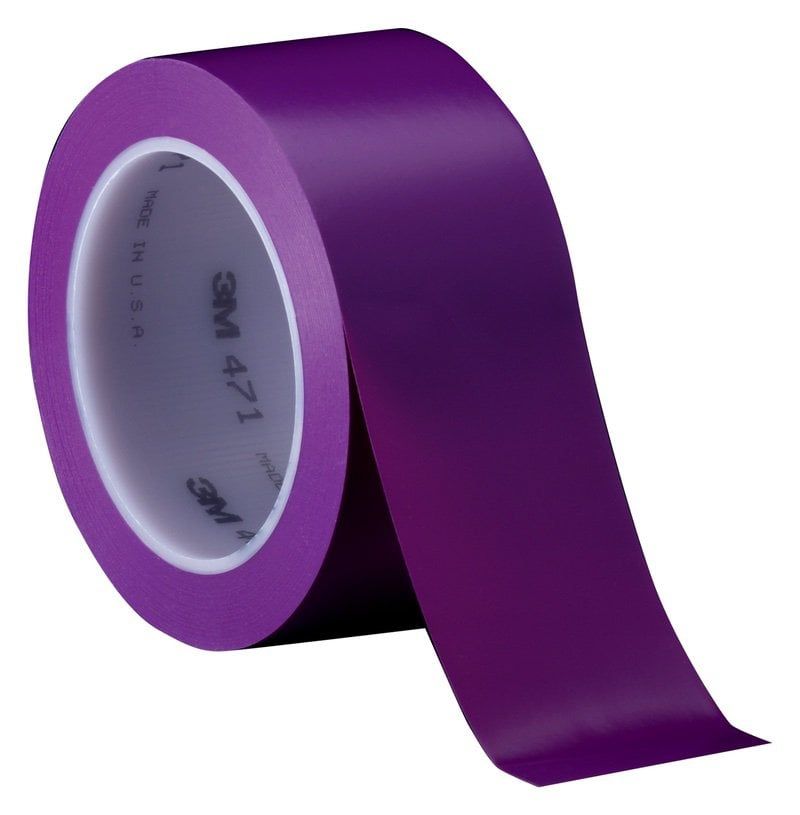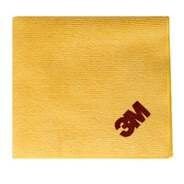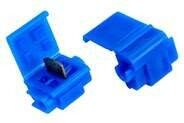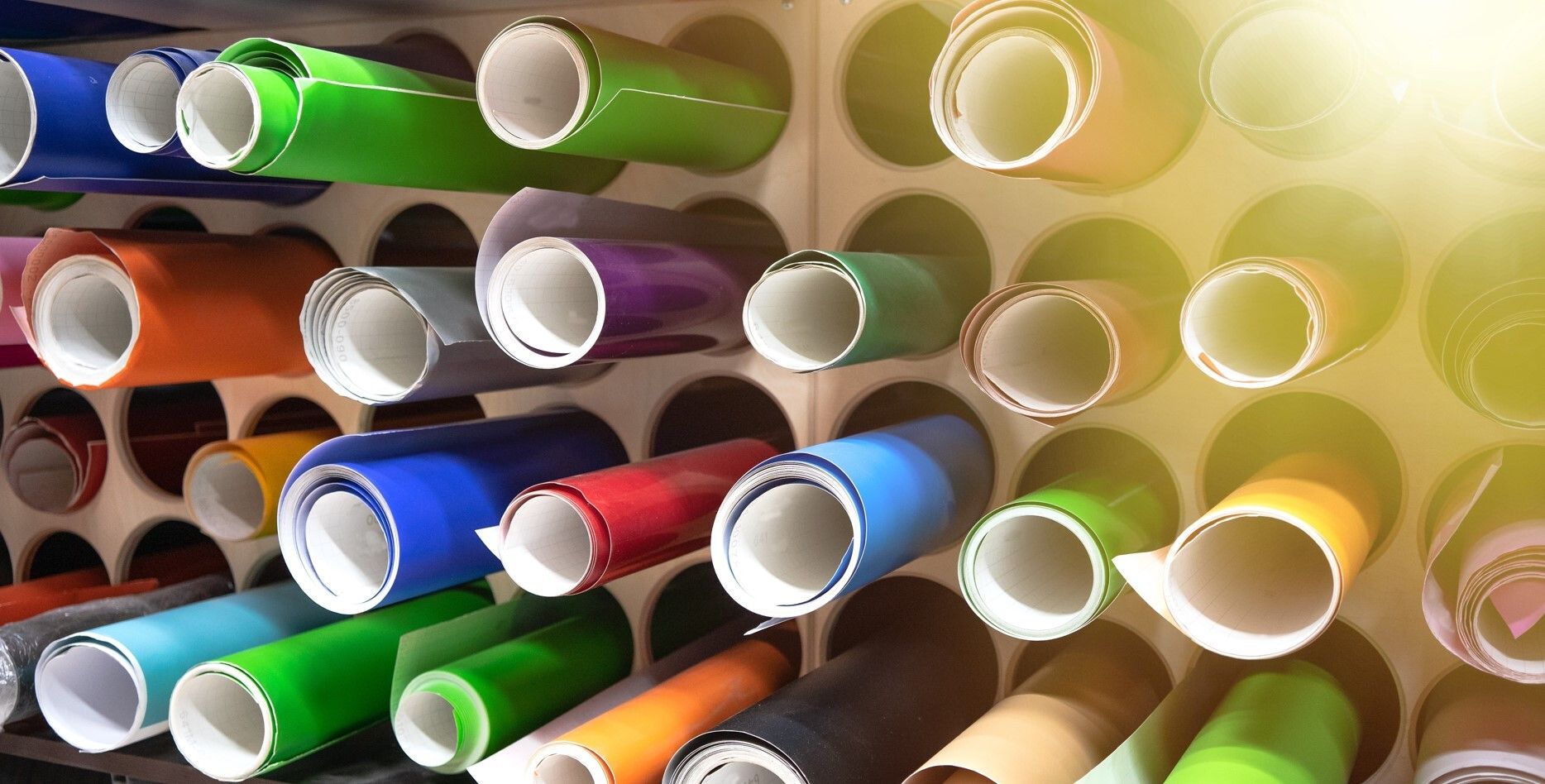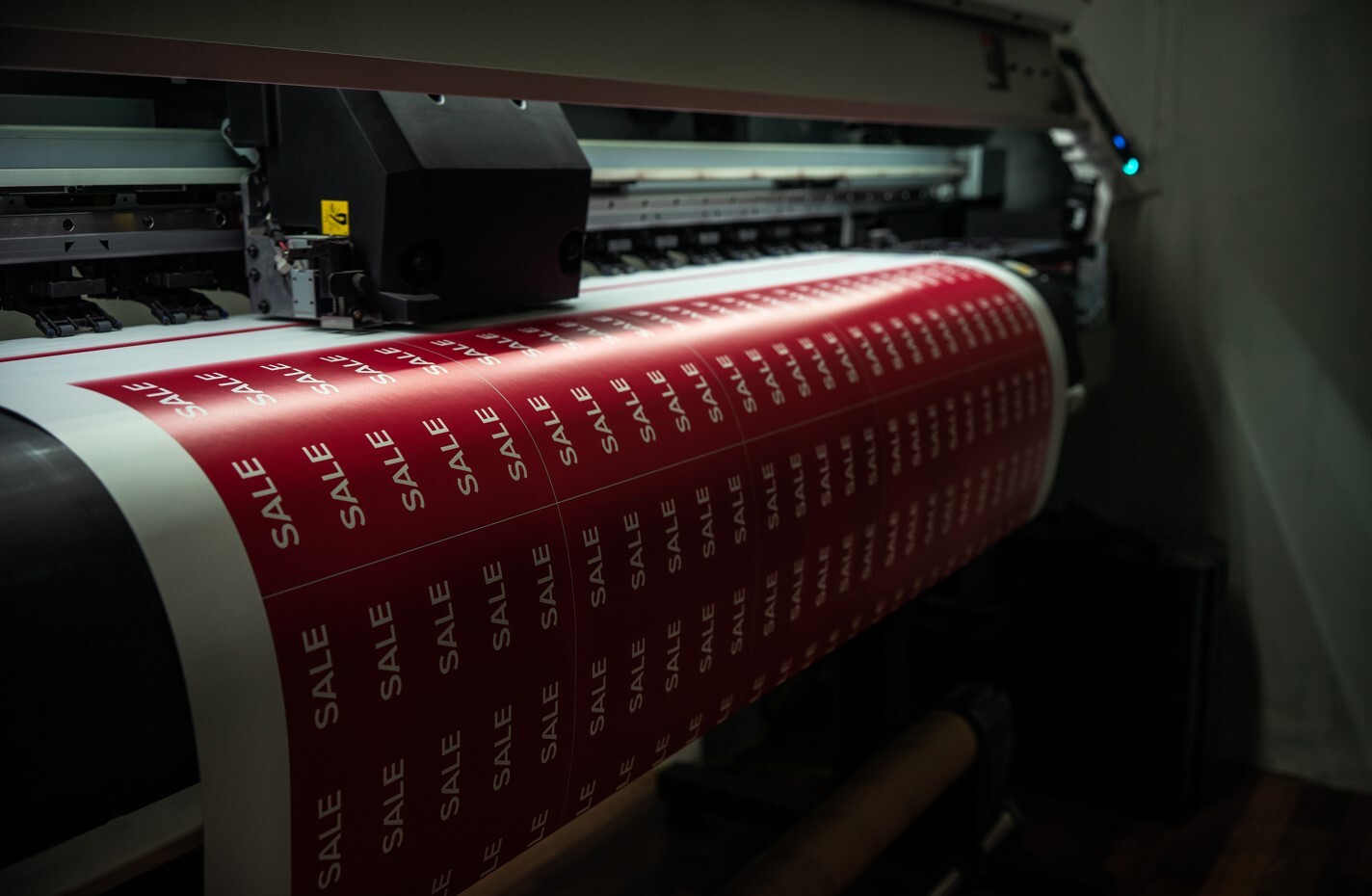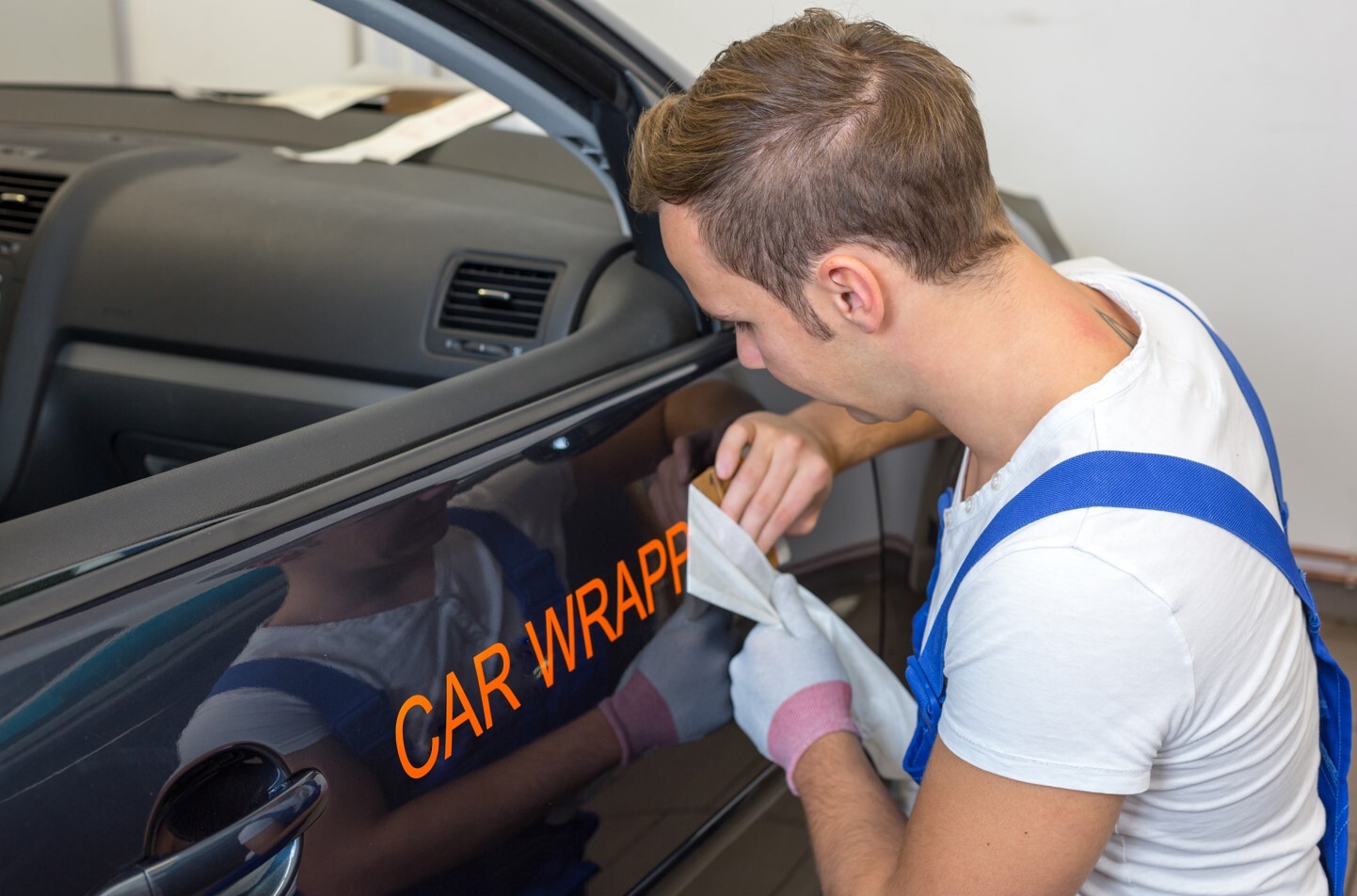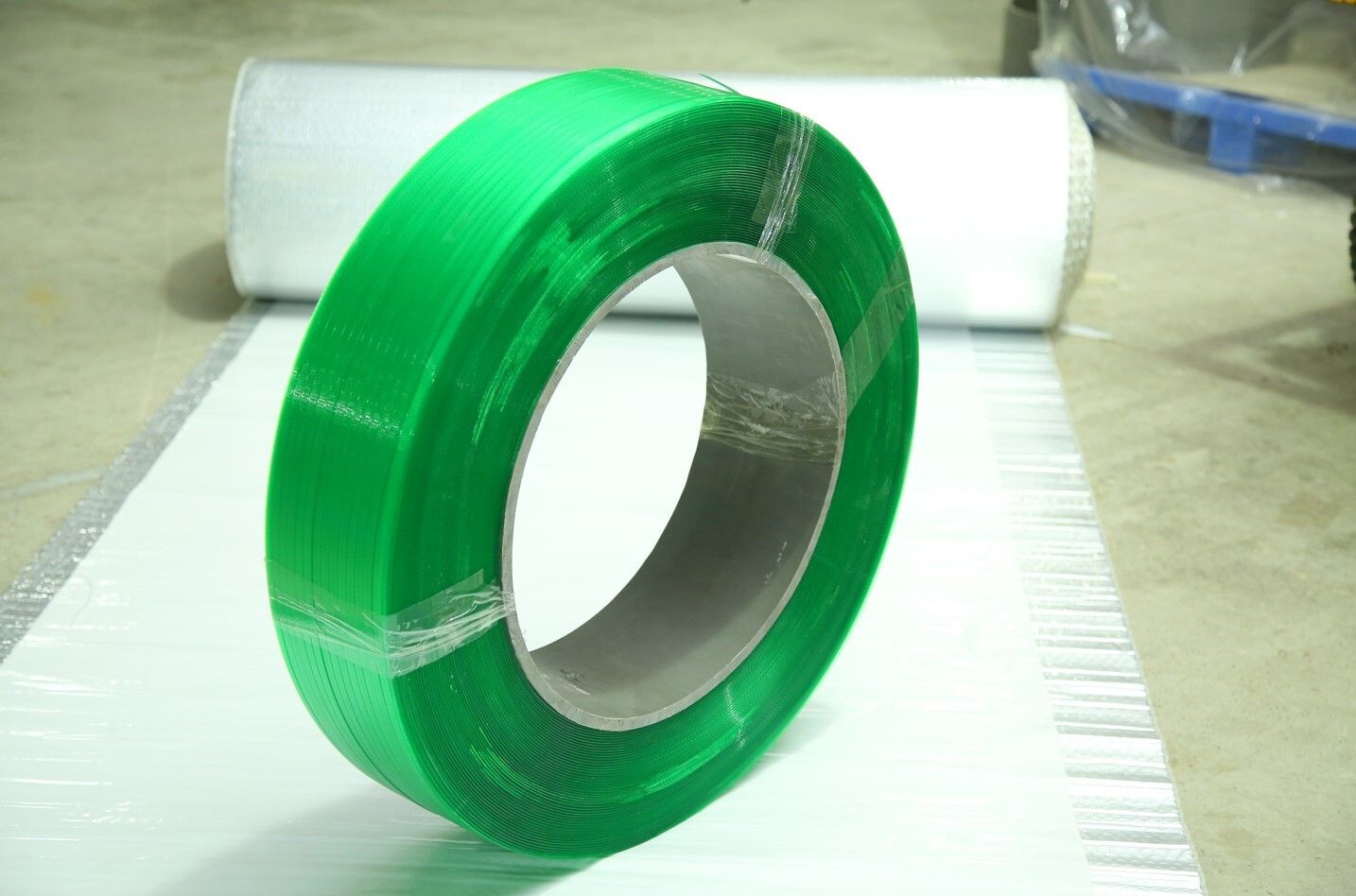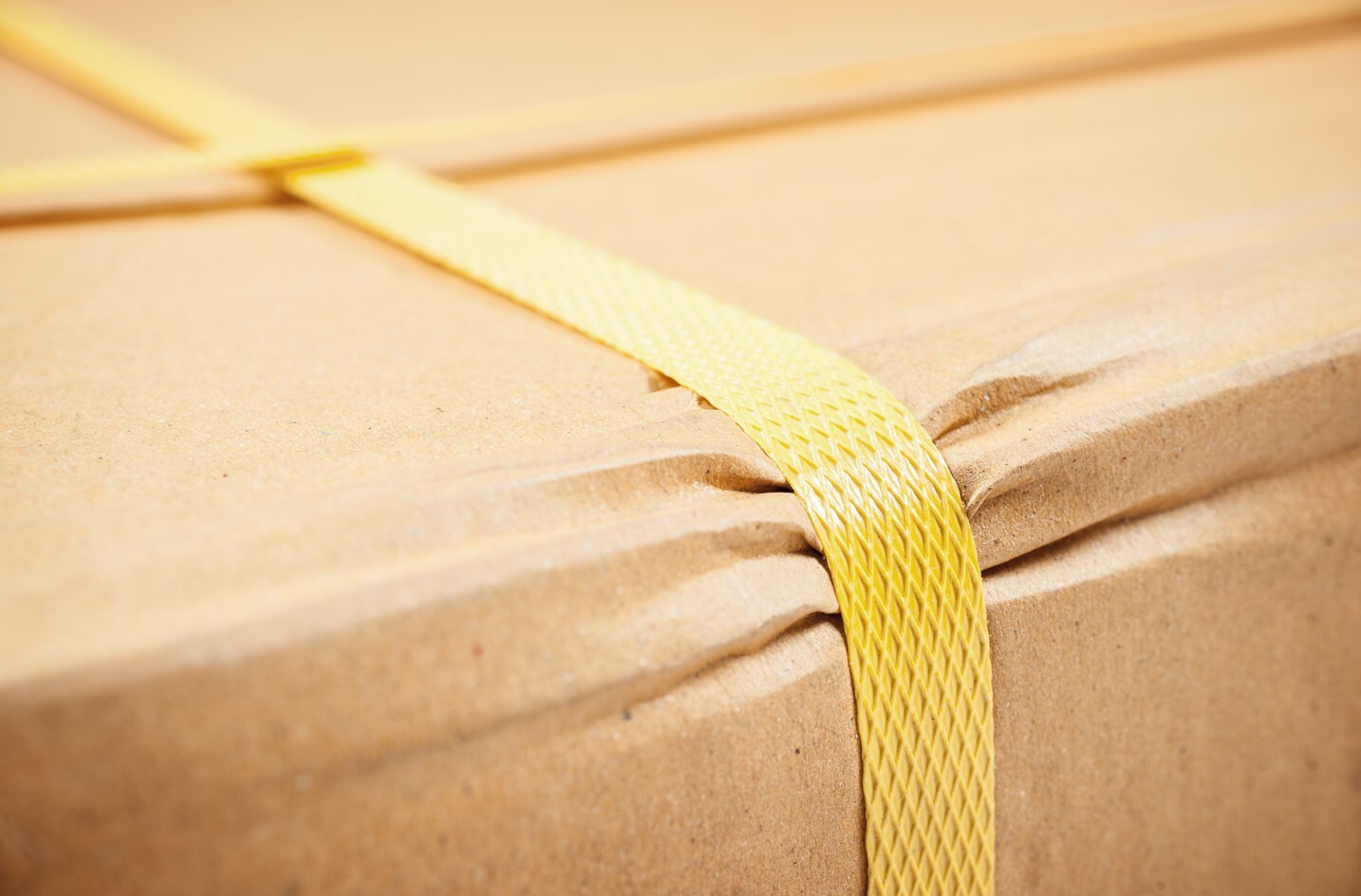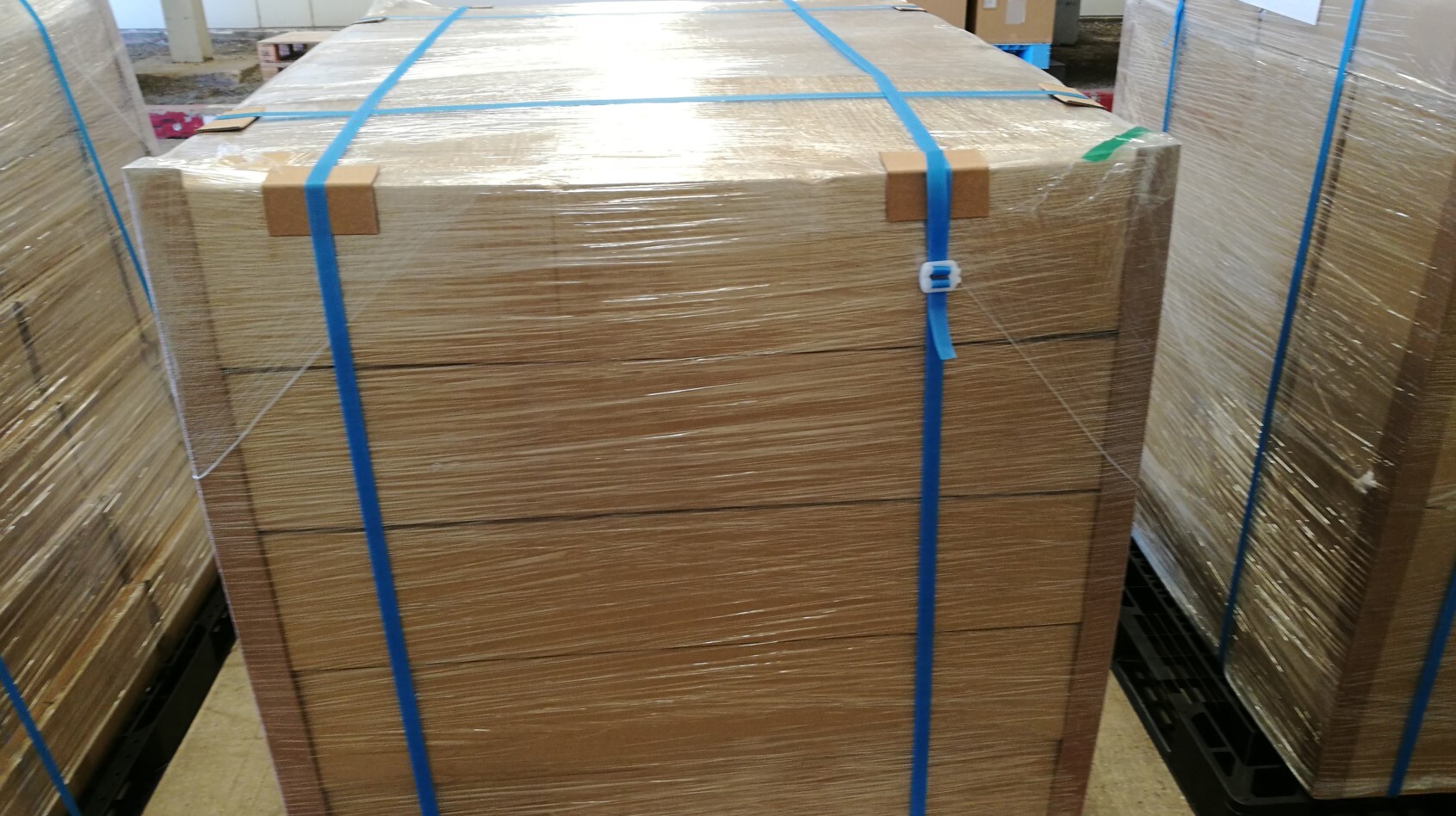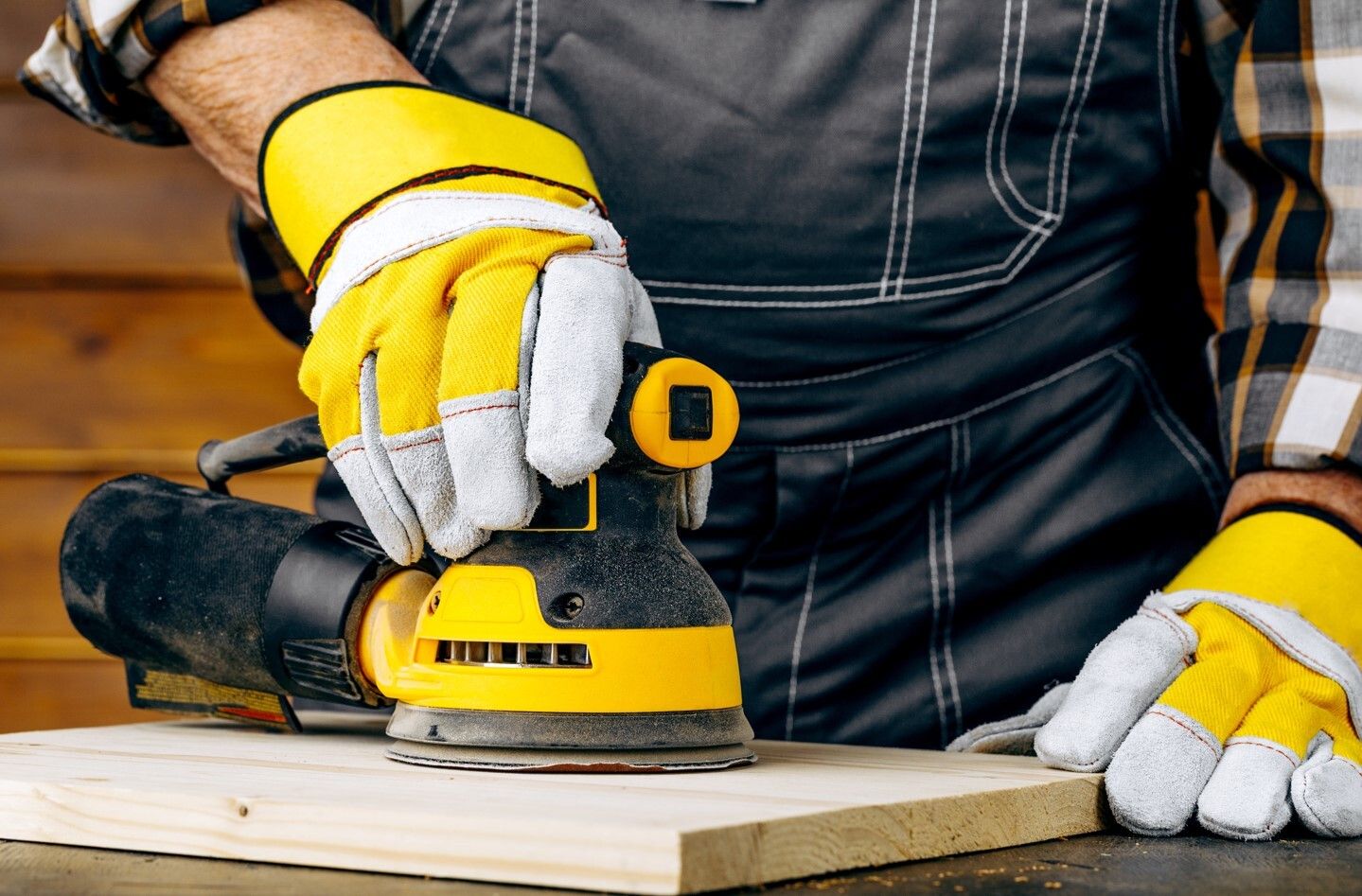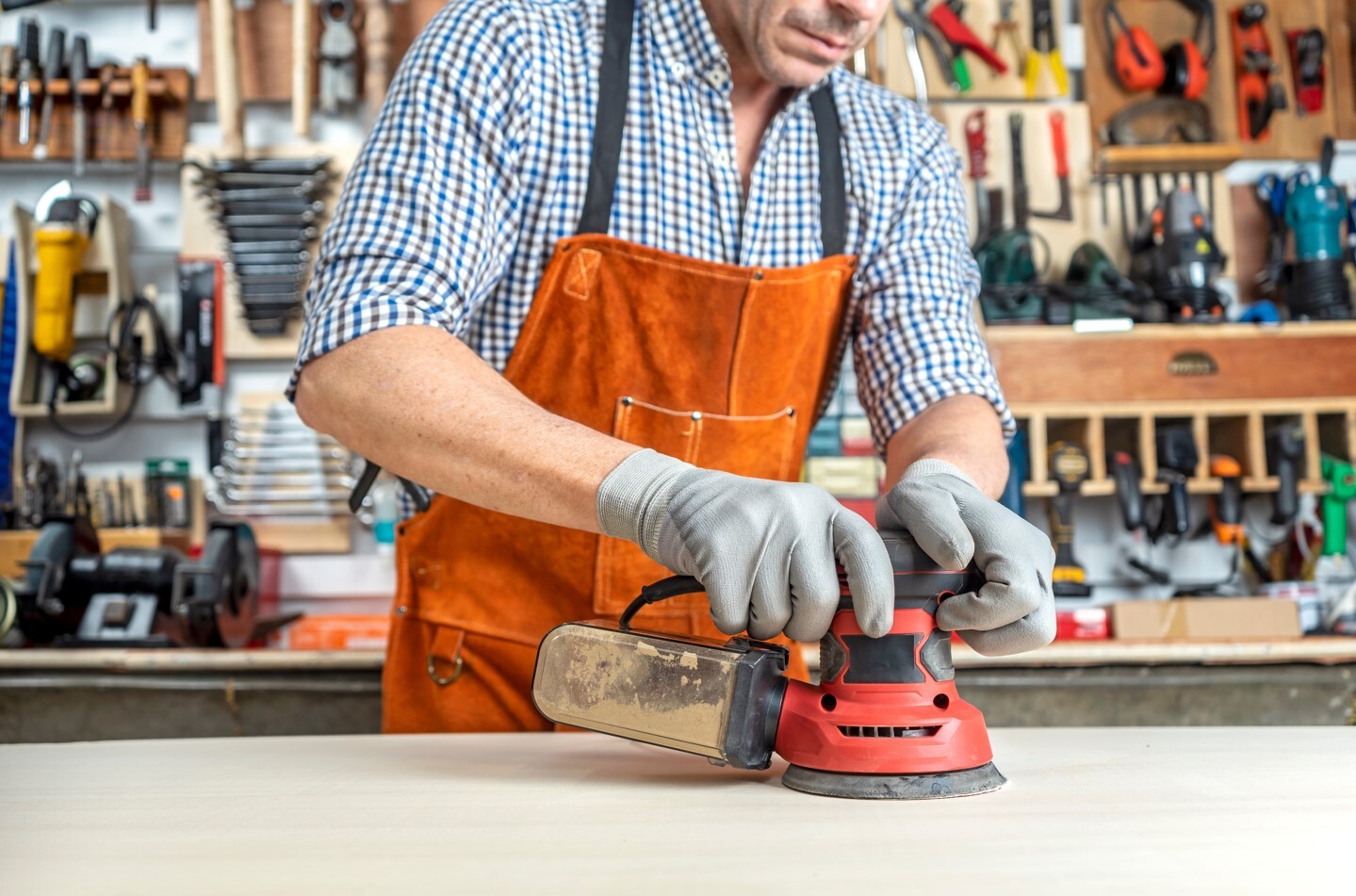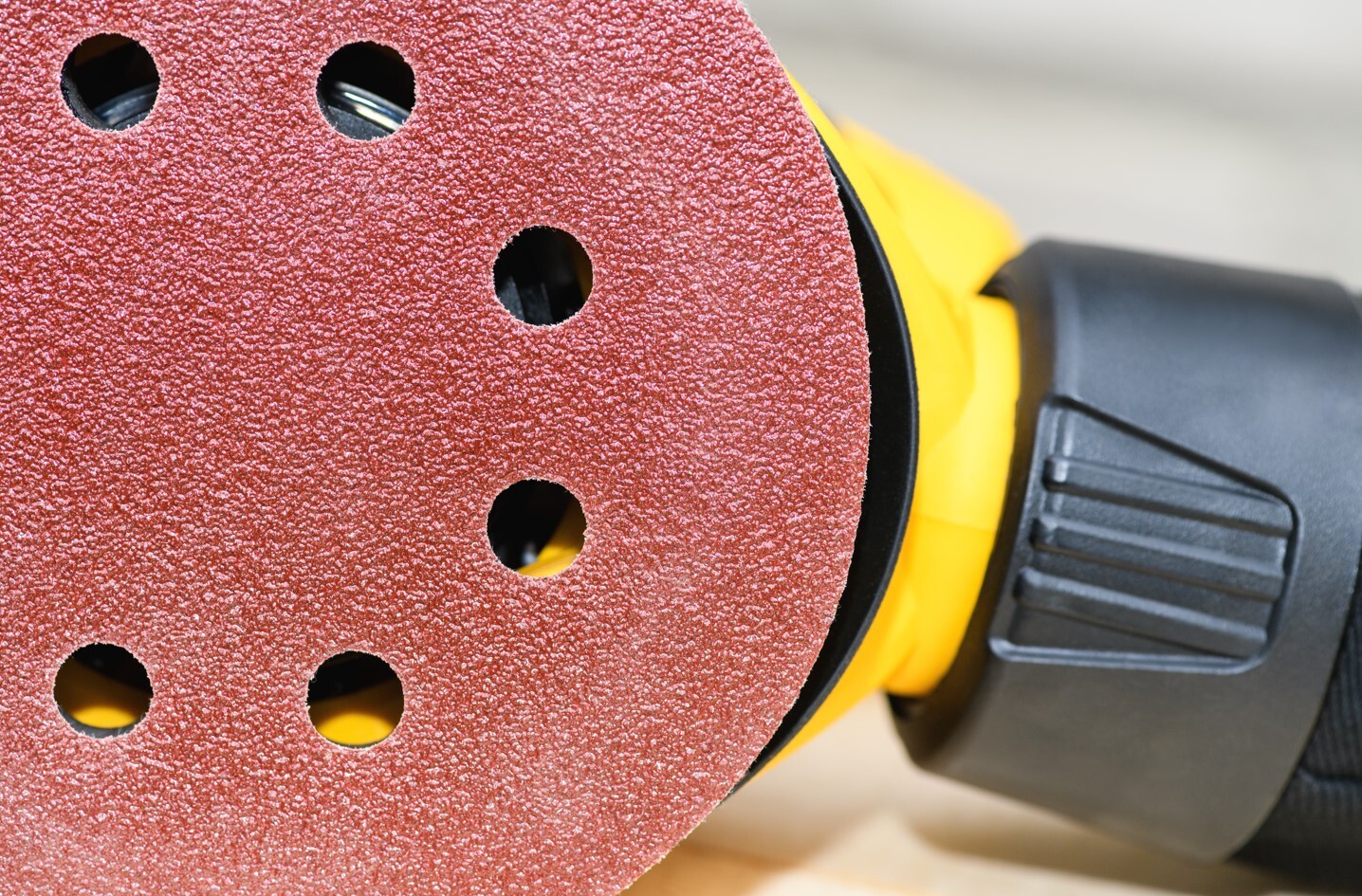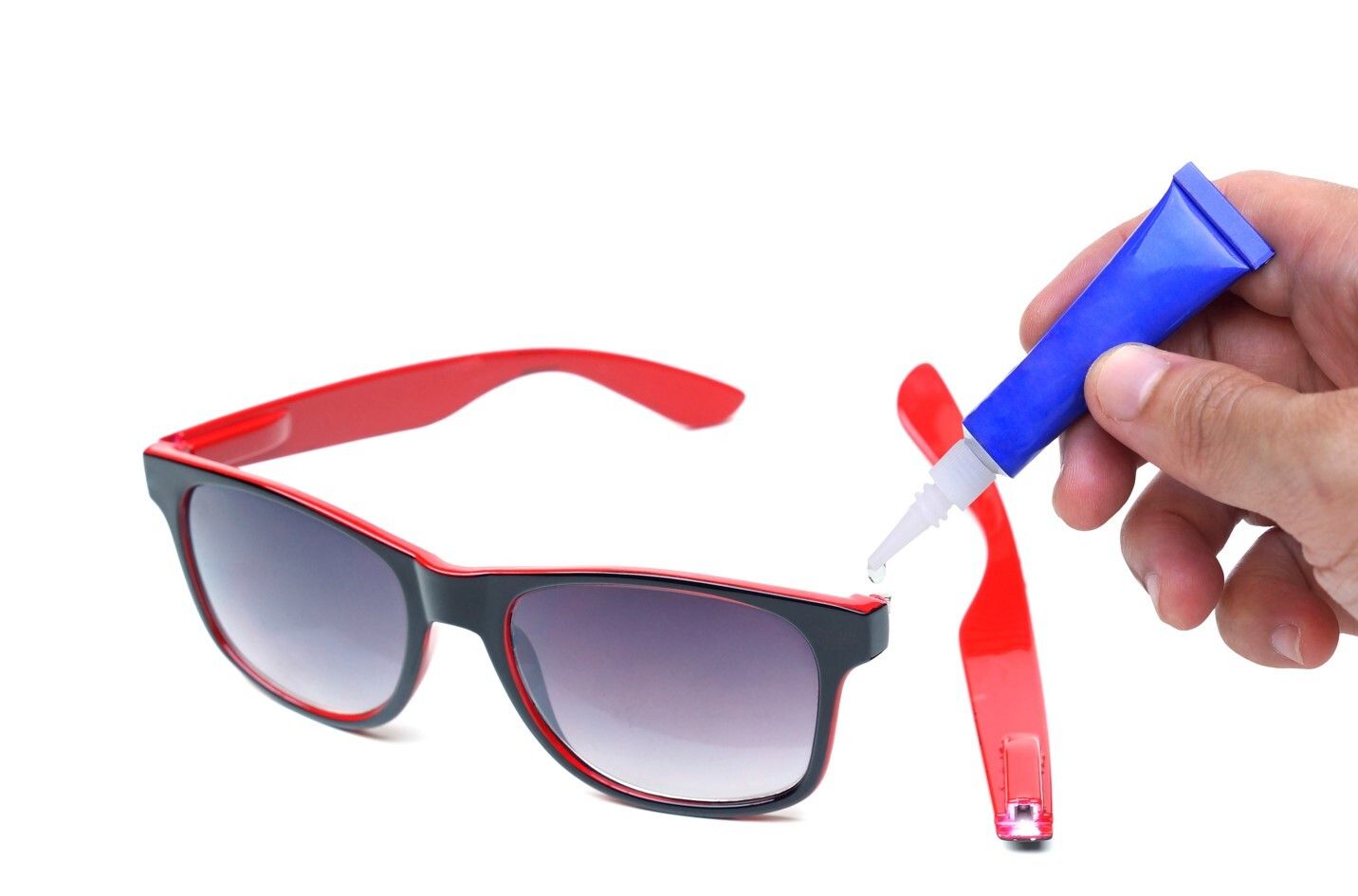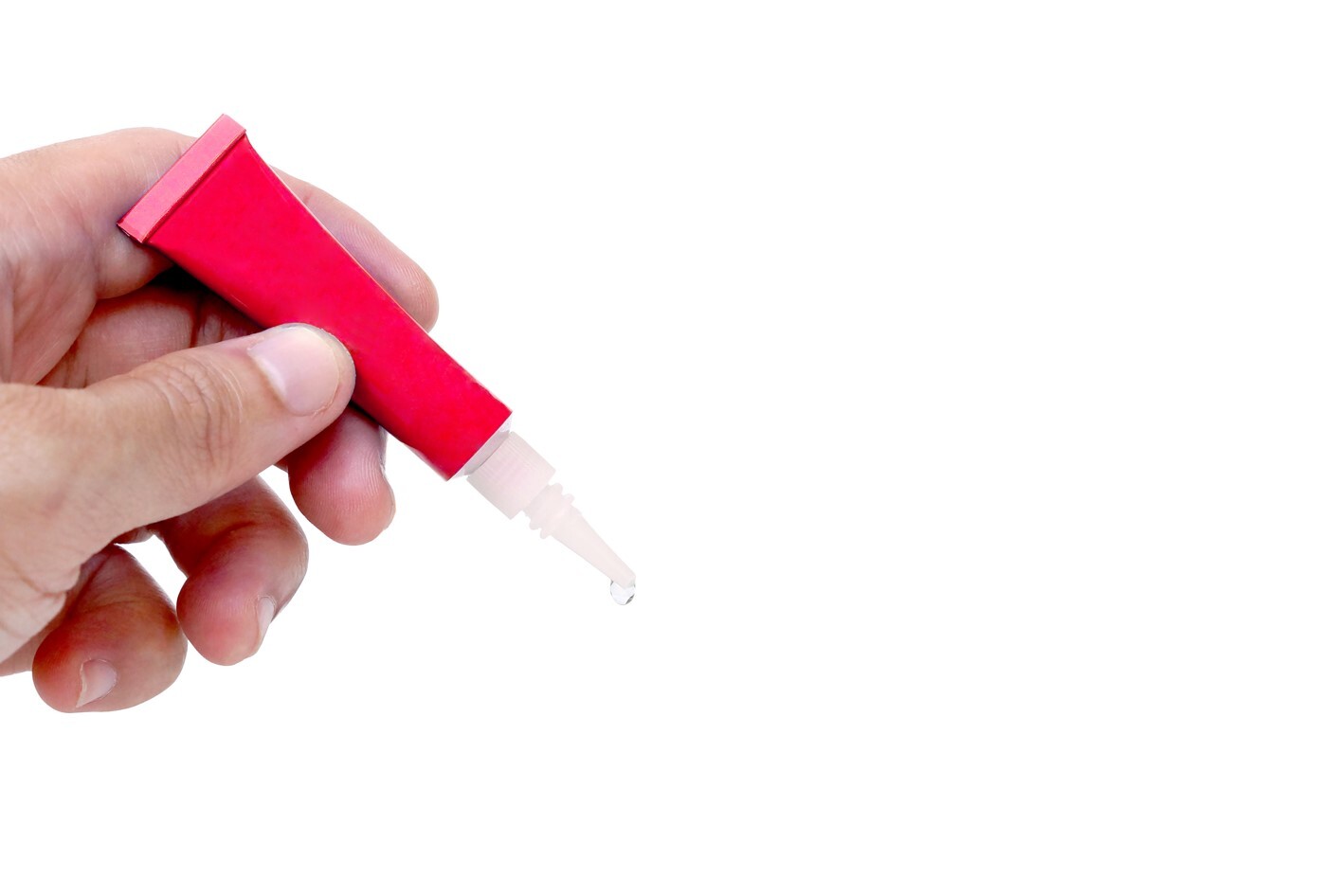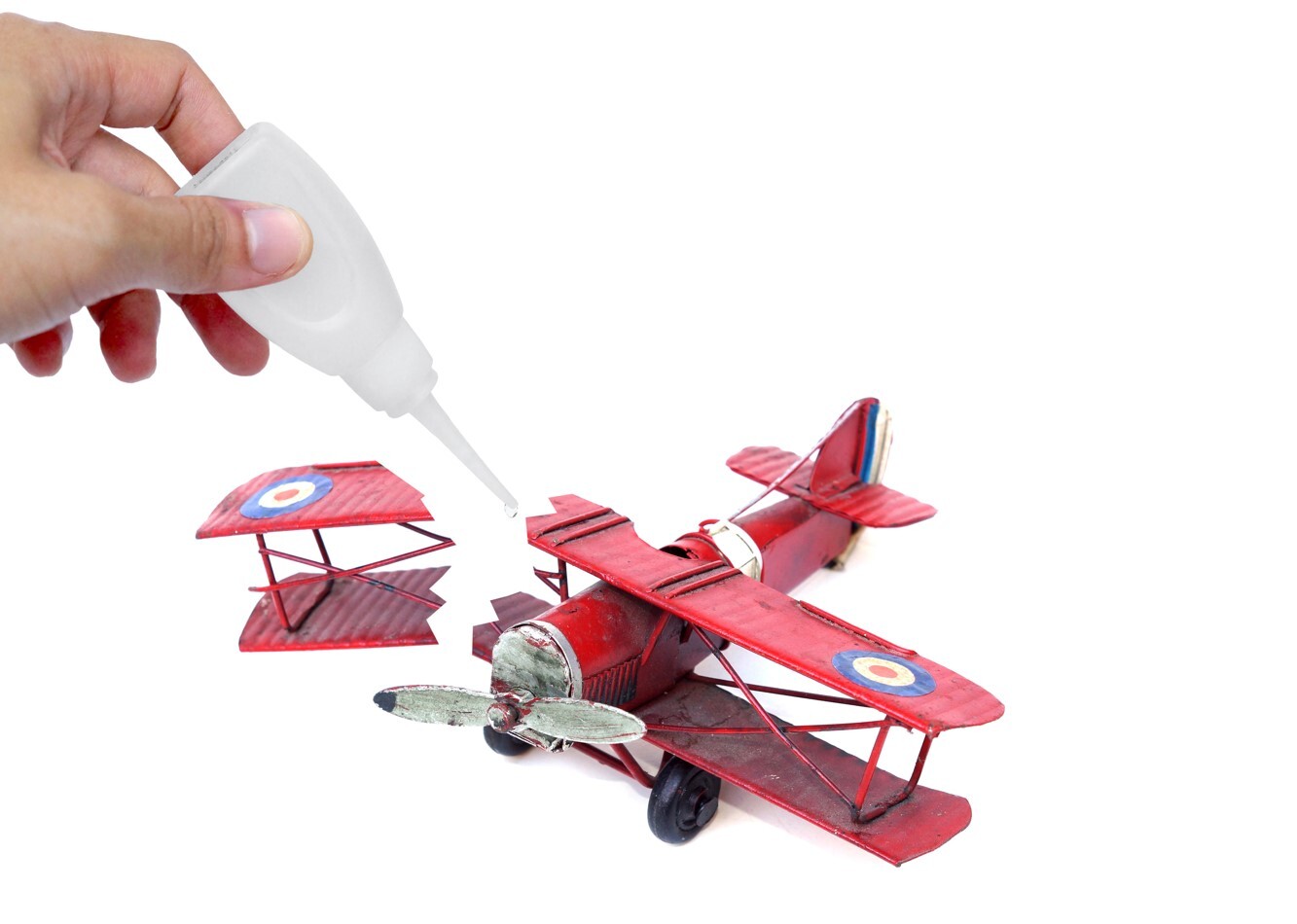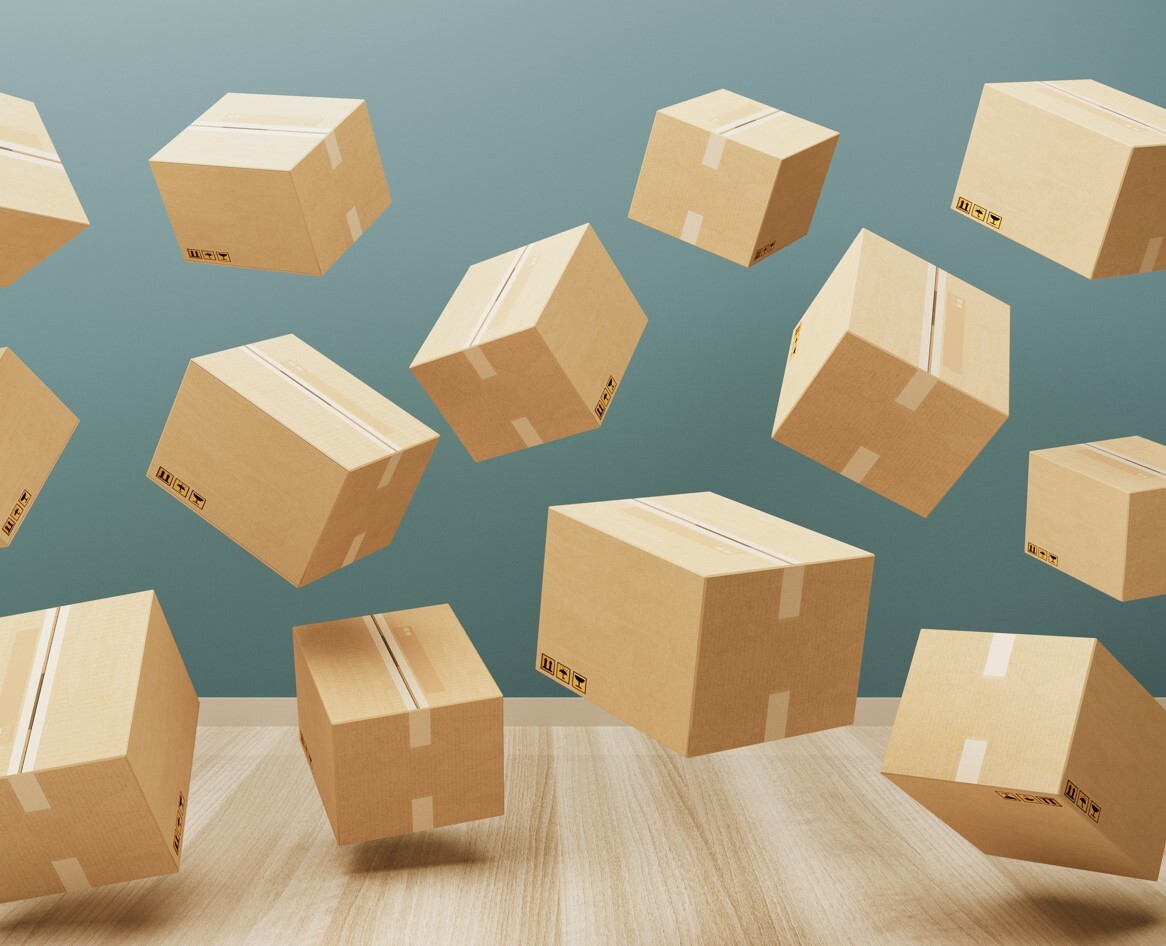Printable film: any surface can become a form of advertisement
Any surface can be used for advertising, it's just a matter of finding the right way to get the message across. Nowadays, there is a wide range of surfaces available to those who want to advertise, such as windows, several forms of outdoor placeholders, and even vehicles. In this article, we summarise what printable films are, what they can be used for and what their advantages are.
What is printable film?
Printable film is made by a unique rolling process, based on monomeric PVC, which gives it its advantageous properties. It can be used in a wide variety of applications and there are different types of film. There are matte and glossy finishes, each of which looks good in a different environment and, of course, in different applications.
In terms of durability, two types can be distinguished: those that are permanent and serve a long-term purpose, i.e. they are not applied, for example, to be removed at short notice after a particular event. In this case, it is therefore particularly important that the material is durable. However, there are also printable films that can be removed with a single movement. A removable film is a good choice if you want to refresh the surface from time to time and give it a new look.
In terms of application, there are also two types of films, those that are applied to the surface and self-adhesive films. The latter are much easier to handle, simpler and quicker to install, but the former are typically more durable.
Printable films can be used both indoors and outdoors. This also means they can withstand the elements, withstanding temperatures between -30 degrees Celsius and 90 degrees Celsius. Crucially, they are also resistant to solvents, which contributes significantly to their long service life. Indoors, they will shine in their original glory indefinitely, while outdoors they will need replacing after about 3 years.
Where can a printable film be used?
Printable film has many uses as it is a versatile material that allows the graphic and advertising industry to offer creative and effective solutions.
Window decorations
Printable films are used to decorate windows in shops, offices and homes. These films allow light transmission, but can also protect against unwanted stares. Wonderful window decorations can be created with the help of printable films that attract curious eyes.
Indoor and outdoor signs
Printable films are used on both indoor and outdoor signs. These signs can be used for information, guidance or even advertising purposes. Thanks to the properties of the film, it can be used on both indoor and outdoor surfaces.
Posters
Printable films can be used to decorate shop windows and highlight promotions. These films are flexible and easy to customise, so they can be adapted to the style of your business to the maximum. What's your dream shop window? With these films, you can now make it happen!
Vehicle advertising
Printable films are used for vehicles, providing a mobile advertising option. Just think how many of these car advertisements we see every day while standing in traffic jams, walking down the street!
What are the advantages of printable films?
Printable films provide excellent print quality, making it easy for graphic and advertising designers to produce the right colours and details, which is particularly important for the look. Printable films retain their original size and shape for a long time.
These films are extremely durable and resistant to weathering and mechanical stress, giving them a long life. They have the advantage of being compatible with a wide range of digital printing machines, allowing a wide range of uses and applications.
The films are easy to apply to the desired surface and are also easy to remove without causing permanent damage. In addition, thanks to their flexibility, the films can be used on both flat and curved surfaces.
Flanker offers a wide range of printable films. Click and browse our web catalogue!
- Hits: 487


